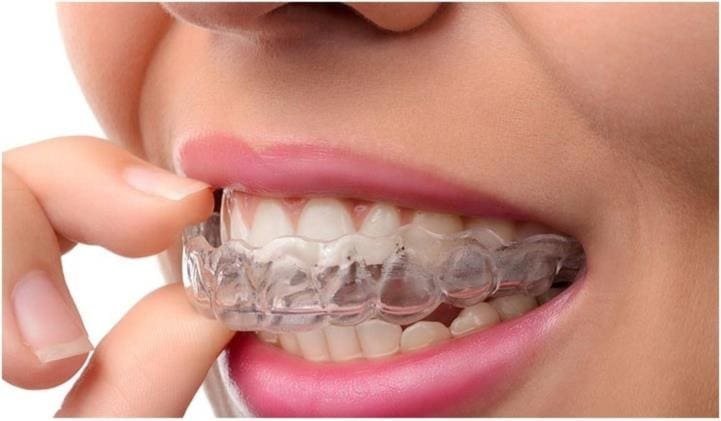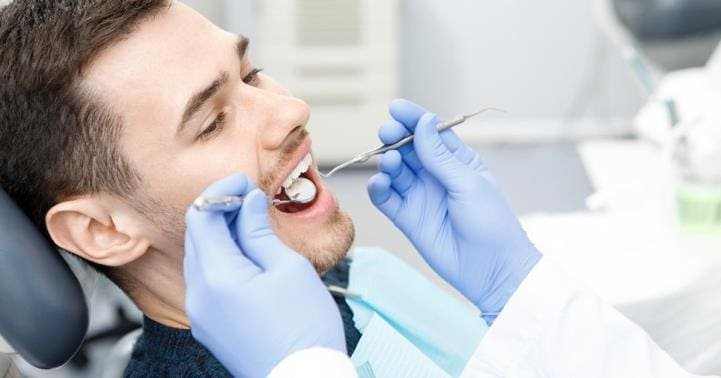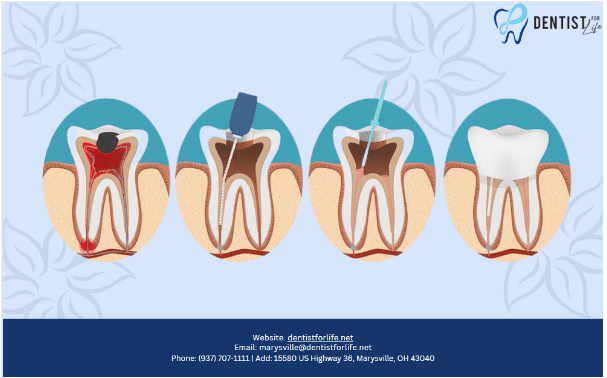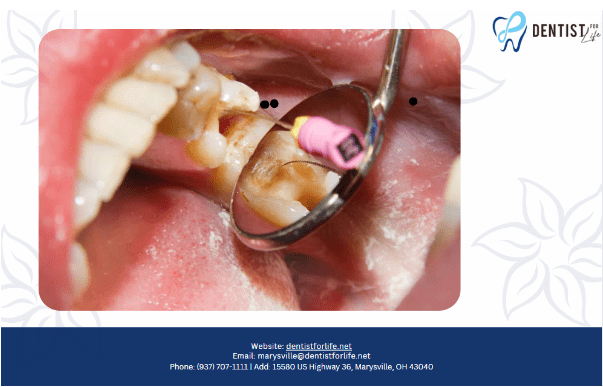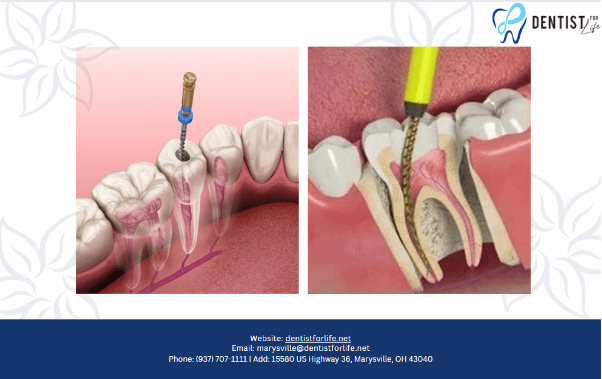Introduction
The NCLEX (National Council Licensure Examination) holds importance for aspiring nurses who wish to obtain licensure in the United States. To successfully navigate this exam, it is crucial to understand its scoring system. In this article, we will delve deeper into the scoring process of the NCLEX, including its test outline, question types, passing criteria, and practical strategies for achieving success.
NCLEX Test Outline
The NCLEX scoring examination assesses candidates’ ability to apply knowledge and make critical judgments in real-life nursing scenarios. The test content has four areas:
Ensuring Effective Care Environment: This section encompasses the management of care, which involves coordinating nursing care, implementing safety measures and infection control protocols, and understanding ethical and legal implications.
Promoting Health and Maintenance: This category covers promoting health through detecting and preventing health issues. It also includes understanding the concepts of growth and development across stages of life.
Addressing Psychosocial Well-being: This section focuses on providing care for clients with concerns such as health disorders, coping mechanisms, support systems, grief/loss issues, or instances related to abuse/neglect situations.
Physiological Well-being: The focus of the examination centers around meeting the needs of different groups of clients. Understanding anatomy and physiology and principles of pharmacology and drug interactions in this area is crucial.
Types of Questions
The NCLEX consists of various question formats that aim to evaluate thinking skills. But how is the NCLEX scored? Examination authors group these question types as follows:
Multiple Choice Questions (MCQs): Candidates commence with stem (questions). You must choose the answer from several response options.
Select All That Apply (SATA). In this type, candidates need to select all options from a list.
Fill in the Blank: Candidates must enter the term or number corresponding to a given scenario.
Ordered Response Questions: Candidates must prioritize or rank nursing actions based on a situation.
Hot Spot Questions: Candidates must click on an area or spot within an image.
Audio Visual Questions: These questions involve listening to a clip or watching a video scenario, followed by answering questions.
Passing Criteria
The NCLEX employs computerized adaptive testing (CAT), which adjusts the difficulty level of subsequent questions based on each candidate’s performance. The passing criteria for the NCLEX exam are determined using an algorithm that considers factors like question difficulty, item exposure, and statistical analysis. As a candidate answers each question correctly, the exam becomes more challenging. On the other hand, if a candidate answers a question incorrectly, the subsequent question will be slightly more straightforward, and the exam continues until the candidate reaches a certain confidence regarding their ability.
Scoring Approach
While specific details about the scoring algorithms used in the NCLEX remain undisclosed, candidates can adopt strategies to enhance their chances of success:
Establish a Foundation: Thoroughly comprehend nursing concepts such as drug classifications, disease processes, and effective communication techniques during your study period.
Emphasize Critical Thinking: Focus on practicing questions emphasizing thinking skills rather than relying solely on memorization.
Efficient Time Management: Develop an understanding of time constraints while practicing questions to gauge pacing for each section effectively.
Take Advantage of Test Preparation Resources & Practice Exams: Utilize trustworthy NCLEX review materials and practice exams to familiarize yourself with the content and the computer-based testing experience.
Analyze Reasoning: It’s crucial to analyze the reasoning behind answers during practice tests or studying, as this helps you understand the core concepts of your test. Additionally, it’s beneficial to familiarize yourself with answering strategies such as eliminating incorrect options and prioritizing safety needs.
In Summary
A firm grasp of the NCLEX scoring system is essential for aspiring nurses. By becoming acquainted with the test structure, the types of questions asked, passing criteria, and employing strategies, you can significantly improve your chances of passing this critical exam and embarking on a rewarding nursing career. Always remember that preparation is vital to achieving success!



